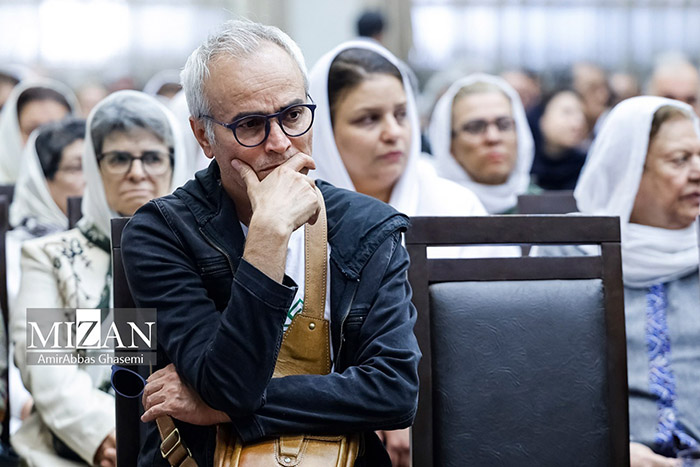The basis of this theory is primarily proposed on linguistic similarities between the Old Avestan language of the Zoroastrian Gathas and the Sanskrit of the Rigveda (c. 1700–1100 BC), a collection of early Vedic hymns. Both texts are considered to have a common archaic Indo-Iranian origin. The Gathas portray an ancient Stone-Bronze Age bipartite society of warrior-herdsmen and priests (compared to Bronze tripartite society; some conjecture that it depicts the Yaz culture) and that it is thus implausible that the Gathas and Rigveda could have been composed more than a few centuries apart. These scholars suggest that Zoroaster lived in an isolated tribe or composed the Gathas before the 1200–1000 BC migration by the Iranians from the steppe to the Iranian Plateau.
Ferdous Kaviani commemoration ceremony
[custom_adv]

